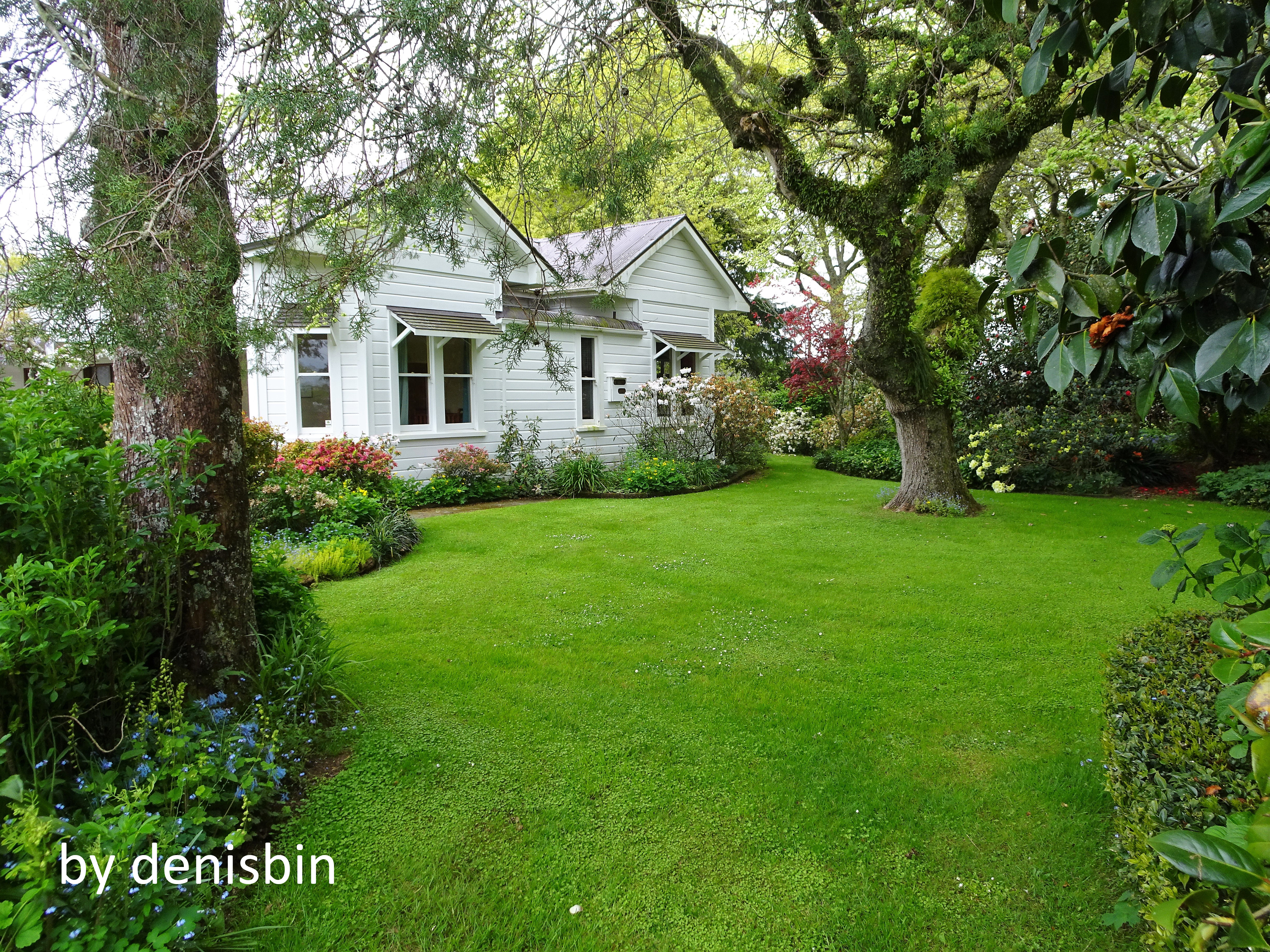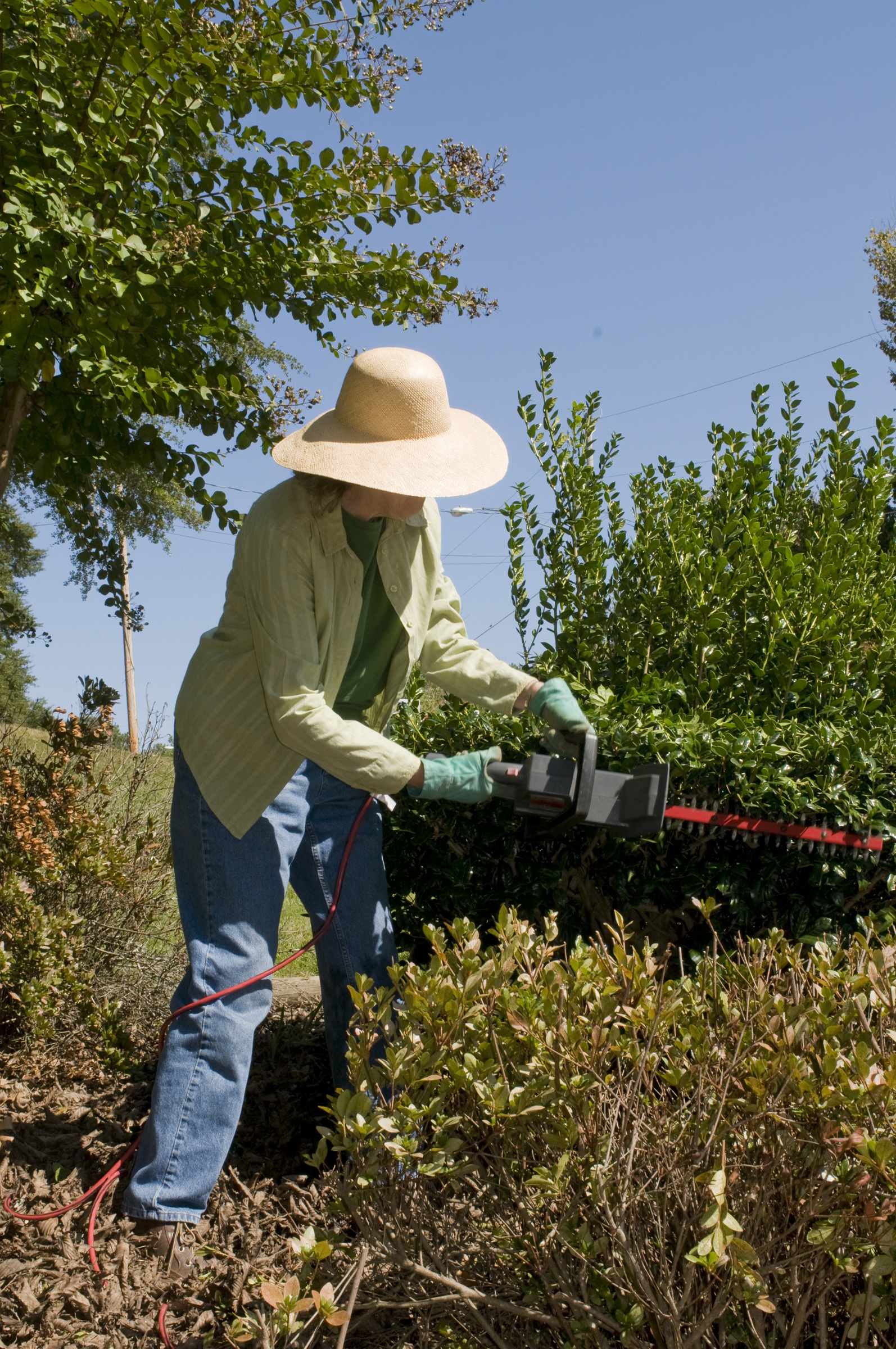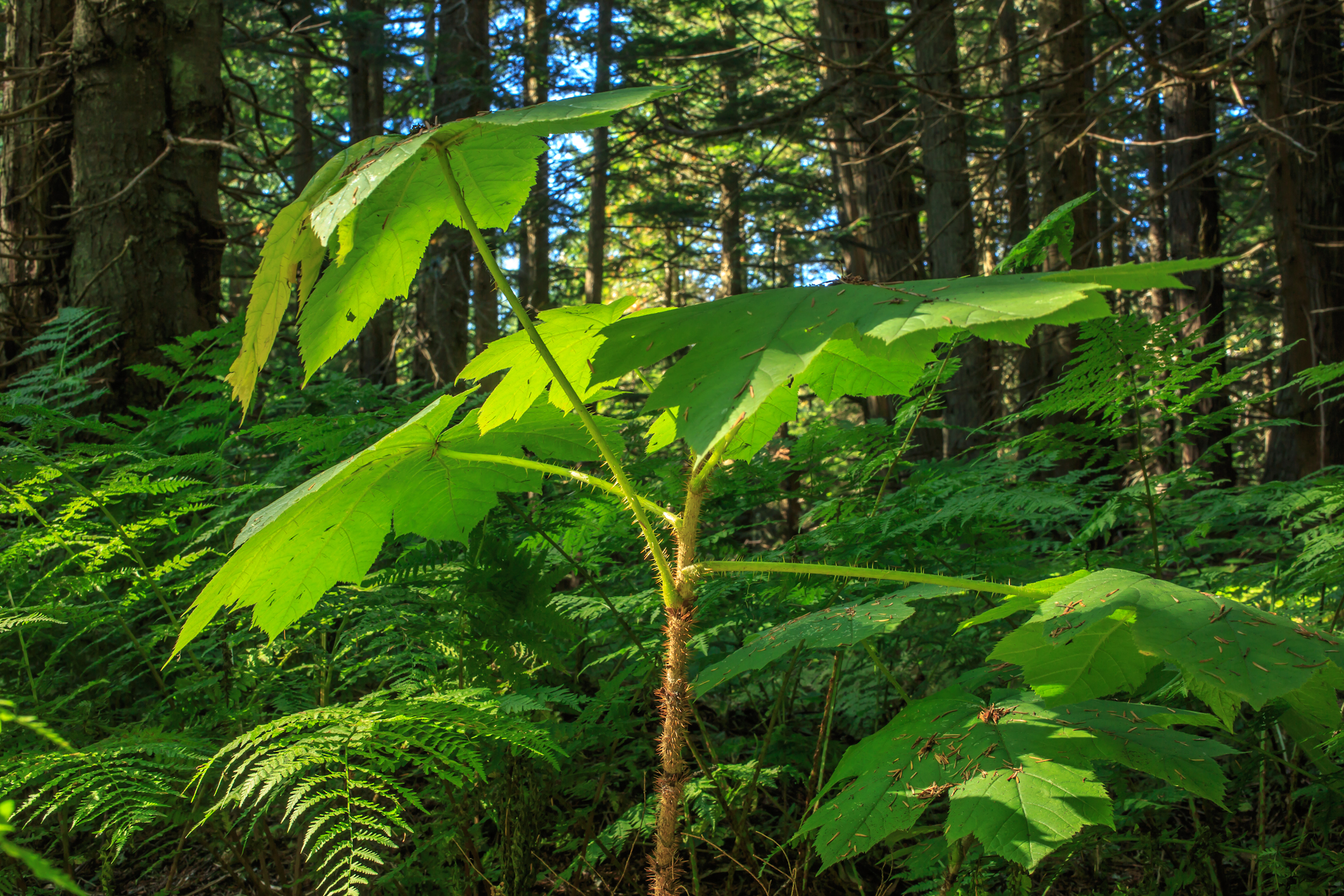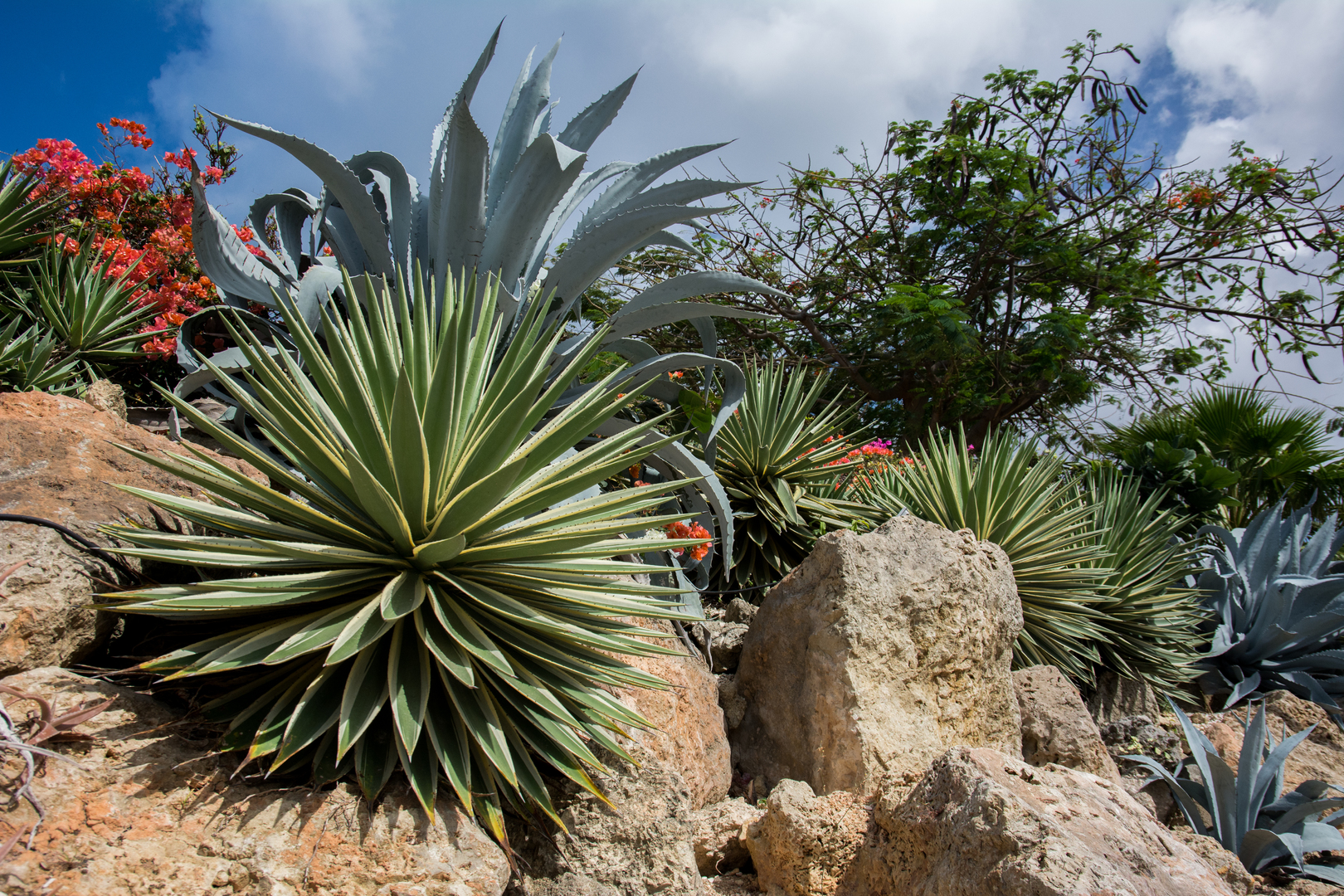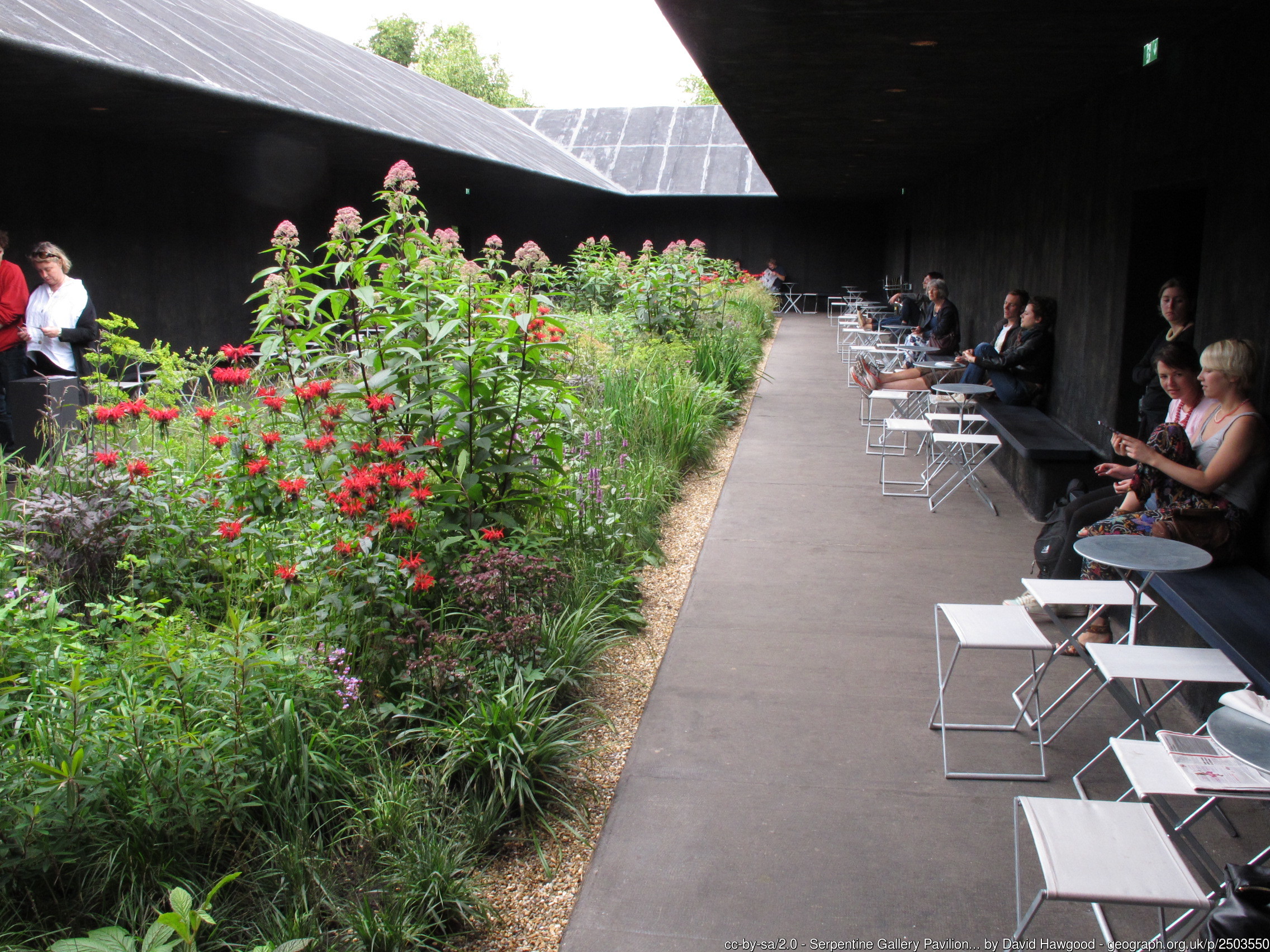For the past week my study of plant communities for shade gardens has led me into rereading Thomas Rainer and Claudia West’s book Planting In A Post-Wild World. It’s an interesting read, a satisfying mix of philosophy and how-to advice for the novice as well as the professional who is looking for a way to successfully intertwine traditional horticultural practices with ones that are more ecologically balanced.
As I read this week, I realized that it was critical for me to learn more about plant communities themselves before I could even begin to think about which combinations of plant material to use. Over the next few weeks I’d like to take the opportunity to share with you some of the information I am learning about using ecologically sound planting practices in today’s urban world.
The authors contend that human beings are hardwired to have a deep connection to nature, but our increasing urbanization and industrialization have left us with few places to experience a natural landscape. They suggest that designs based on plant communities can fulfill our inherent need for the sights and sounds of nature.
According to Rainer and West, there are two types of plant communities — wild (natural) and designed. Briefly, naturally occurring plant communities are groups of plants that share a common environment and interact with each other, animal populations and the physical environment (Pennsylvania Natural Heritage Program).
Designed plant communities, on the other hand, are created to re-interpret the natural environment using both native and introduced species. ( See my September 5th, 2019 blog for a more complete discussion on plant communities. https://www.embassylandscape.com/blog/establish-a-community-in-your-shade-garden-part-1-what-is-a-plant-community/ )
As with most new innovations, there are fundamental beliefs that guide the movement.
**PRINCIPLE ONE: KNOW YOUR SITE AND EMBRACE IT — DON’T CHANGE IT
Every planting site at its outset has its own set of environmental conditions — a unique light level, soil type, nutrient level and access to moisture — that create what are often considered impossible challenges. Some situations have dry, rocky soil that defies a shovel,
while others are essentially bogs.
Some roast all day in the sweltering sun while others lie in dense shade. Instead of trying to change them, embracing the existing characteristics by choosing the right plant material is the key to vibrant plant communities and beautiful planting beds that offer a strong sense of place.
Historically, we have approached landscape design in terms of selecting plants and placing them within a particular space to achieve aesthetic design goals but without considering their specific environmental needs.
Instead of carefully matching plants to environments, we “improve” the environment by amending the soil to match our perception of the perfect mixture of soil, compost and fertilizers which will be ideal for all of our plant selections. (Or, we choose the path of least resistance and decide that nothing will grow there anyway.)
Then, we space plants far enough apart so that they don’t interfere ( or even interact) with one another; we think that they need space to grow. If necessary to achieve our vision using the plants we have selected, we alter the light level by pruning or planting a tree or we adjust the moisture level by adding irrigation. With the hopes of preventing an onslaught of weeds, we add a thick layer of mulch over all of the remaining bare ground..
Periodically, we return to the bed to maintain it so it retains the exact form we intended. Unfortunately, even with all of this well-intentioned pampering, because of differences in their fundamental environmental needs, the plants do not form a community and the landscape essentially remains static.
In the wild, regardless of the type of environment, communities change over time. Plants adapt on their own, without any human intervention, to environmental conditions in order to not just survive, but thrive. For example, if trees grow producing more shade, an existing species may need more light for photosynthesis.
In order to survive, it may divert energy to producing leaves with larger surfaces to capture more of the available light. When water becomes scarce, root systems push deeper into the ground to absorb of the needed moisture. Rather than requiring what traditional horticulture considers an ideal site, natural plant communities adjust, letting the strong species dominate and the weaker or unadaptable ones die out.
Designed plant communities take their cues from nature. They are planted using groups of species having environmental needs that match the site as it naturally is — without any modifications to make it a “perfect “ site.
Often, natives form the foundation of the community since they are adapted to their sites and to each other. Their shapes and colors, evolved over time to match the site, enhance the natural beauty of the site and help to create a strong sense of place.

Using designed plant communities appropriate to the existing conditions reshapes our interactions with the outdoors as well. Hours and dollars spent
in time consuming routines of mowing vast areas of grass and then weeding, pruning, deadheading, removing, replacing, mulching, watering, feeding, spraying individual plants shifts from mundane maintenance to creative management of the overall intent and structure of the design.
Although human intervention may still need to restrain overly aggressive plants or introduce more blooming species to a patch, for the most part, the plants themselves control the finer details of their community, ultimately producing a more robust, vital planting.
** Principles are adapted from Planting In A Post- Wild World based on my interpretations of the text and on conversations with Dan Nelson, lead designer at Embassy Landscape Group.
Next time:THE LAYERED LOOK







